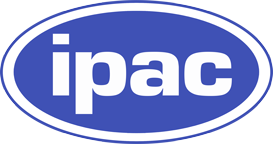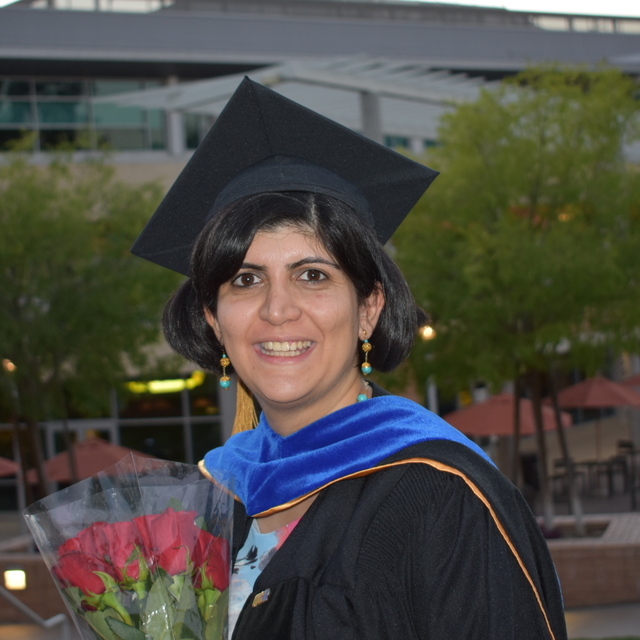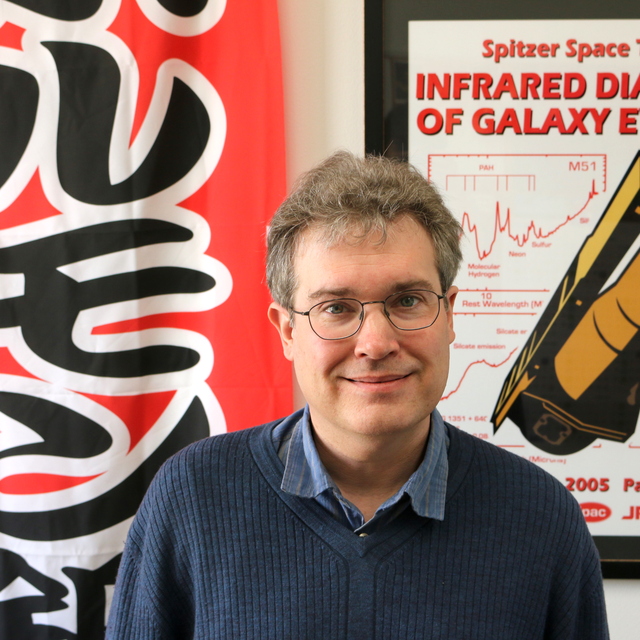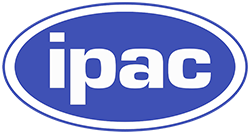June
2025
•
2025ApJ...986..184C
Authors
•
Citro, Annalisa
•
Scarlata, Claudia M.
•
Mantha, Kameswara B.
•
Williams, Liliya R.
•
Rafelski, Marc
•
Revalski, Mitchell
•
Hayes, Matthew J.
•
Henry, Alaina
•
Rutkowski, Michael J.
•
Teplitz, Harry I.
•
Grazian, Andrea
•
Alavi, Anahita
Abstract
•
The escape fraction of Lyman continuum (LyC) ionizing radiation ( fescLyC ) is crucial for understanding reionization, yet difficult to measure at z ≳ 4. Recently, studies have focused on calibrating indirect indicators of fescLyC at z ∼ 0.3, finding that Lyα is closely linked to it. What is still unclear is whether the LyC–Lyα relation evolves with redshift, and if Lyα is truly applicable as an fescLyC indicator during the Epoch of Reionization. In this study, we investigate seven ‑21 ≲ MUV ≲ ‑19 gravitationally lensed galaxies from the BOSS Emission-Line Lens Survey for GALaxy-Lyα EmitteR sYstems (or BELLS GALLERY) at z ∼ 2.3. Our targets have rest-frame Lyα equivalent widths between 40 Å and 200 Å and low dust content (‑2.4 ≲ β ≲ ‑2.0), both indicative of high LyC escape. Surprisingly, direct estimates of fescLyC using Hubble Space Telescope imaging with F275W and F225W reveal that our targets are not LyC emitters, with an absolute fescLyC < 13% (assuming the median intergalactic medium transmission). The low fescLyC , coupled with the high Lyα equivalent width and escape fraction, could potentially be attributed to the redshift evolution of the neutral hydrogen column density and dust content, as well as covering fractions of optically thick gas below 1 in high-redshift galaxies. Additionally, our analysis suggests that the emission for each lensed component is uniformly absorbed. Our results challenge the validity of the extrapolation of z ∼ 0 Lyα-based LyC indirect estimators into the Epoch of Reionization.
Links





